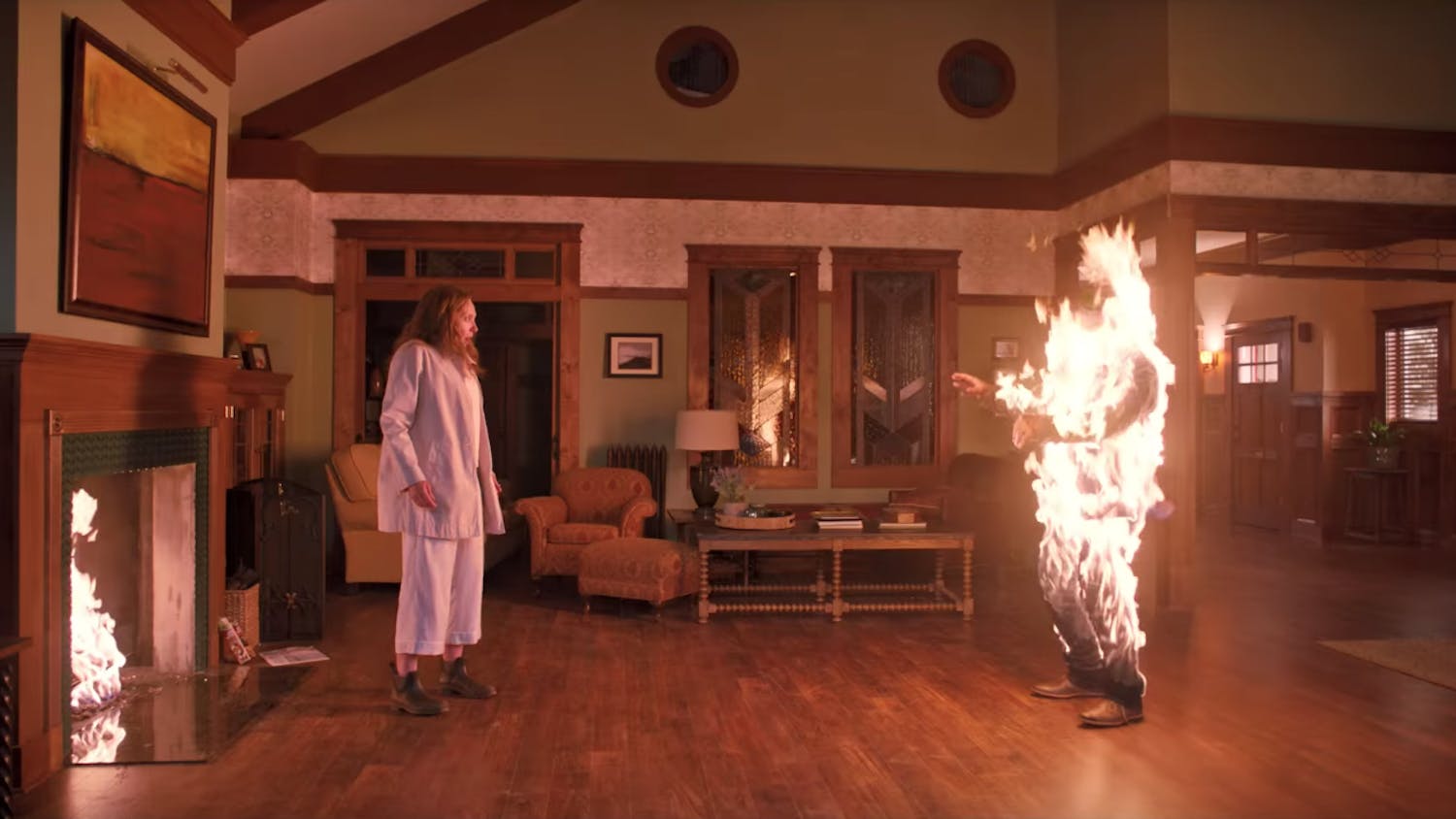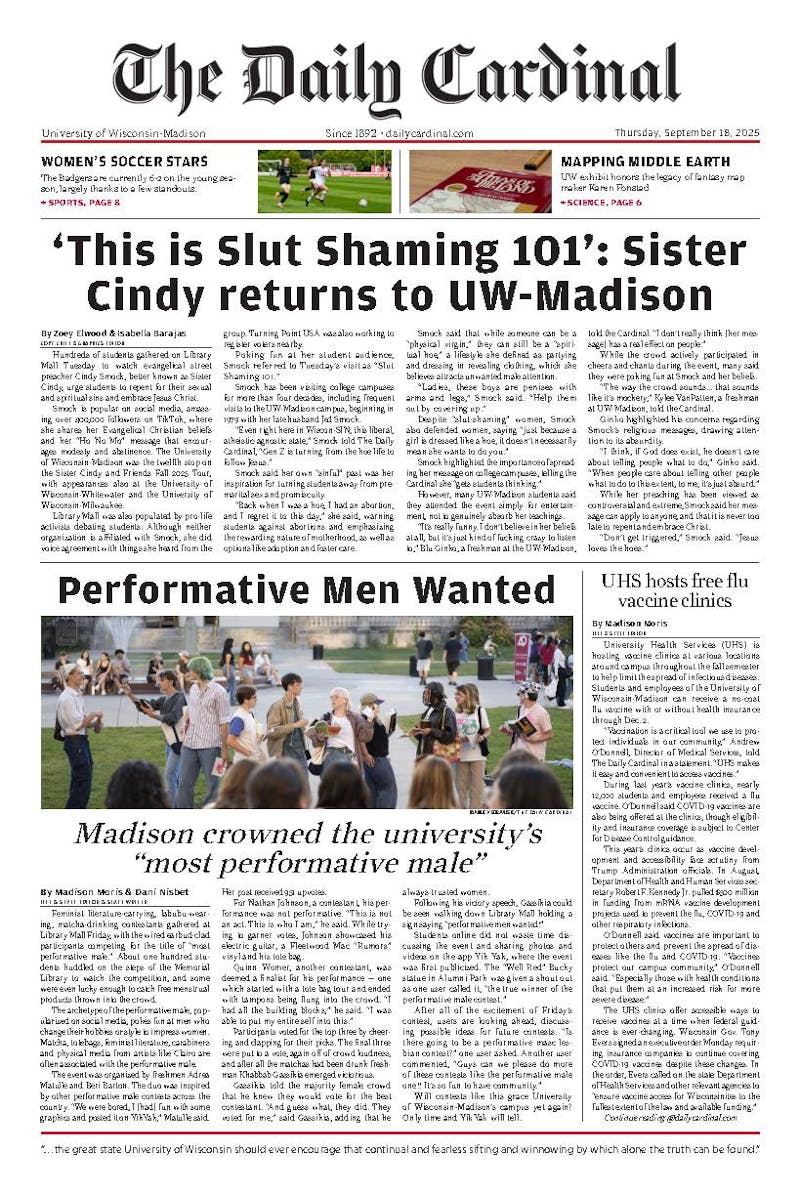I hate the Humanities building. I hate its cold, inhuman feeling and its pile of unadorned concrete and rusting iron. I'm just waiting for the dust cloud signaling its demolition. Still, although the building is so highly aesthetically unpleasing to me, I recognize it as art and can place it into a historical architectural style (ironically called Brutalism). With my acknowledgement that the building is art and my identification of its historical style, I could happily go back to hating the Humanities building and waiting for its destruction.
With many historical pieces of art, we do stop here. We classify them, define them, describe the style into which they fit, and then move on to the next example. Although it is academically important and interesting to classify art into particular styles, by doing so, we often mistakenly attribute the significance of a work of art to the fact that it is an example (or counter example, altered example, etc.) of a particular style.
But this is not where the significance of historical art truly lies. Rather it is within the human lives and social interactions that have involved the piece, in the significance the art has held, however small, in people's lives.
How many students have leaned against the columns of Humanities gossiping? How many careers have started in the multitude of practice rooms or in classrooms with old blackboards full of chalk? The stories that this building holds, both trivial and meaningful, give it significance as a piece of historical art. They give the building life and meaning.
Two upcoming events on campus give us the opportunity to delve into historical art and connect personally with it: The Chazen's new exhibit Hidden Treasures: Illuminated Manuscripts from Midwestern Collections that runs through Feb. 27 and Shakespeare's ""The Comedy of Errors"" at the Wisconsin Union Theater on Feb. 3.
When you go to the Chazen, you could view the elaborate handmade books and manuscripts presented there as worthy art because they demonstrate medieval art techniques or because they are ornately decorated and beautiful. You would leave the exhibit feeling appreciation for the long history and beauty of these manuscripts.
But they would still feel separate from you—placed on the other side of the glass sheets from the dangers of humidity and a lack of connection to the personal history of these objects. These are not just manuscripts to look at; they are works that somebody made, art that people used and believed in. They are writings and drawings that have a history separate from the date and place in which they were created.
In the collection is a Biblical paraphrase written for students in 1295. Those students probably interacted with the manuscript in ways much the same as we interact with our studies now—some would have loved the material, others probably couldn't wait to be done with class. There could have been a brown-noser who continually tried to impress the teacher or a nerd who already knew the material before the teaching began. These manuscripts were used by real people. They should certainly be admired for their beauty and demonstration of historical art techniques, but they should be engaged and enjoyed because of the stories that they hold.
In much the same way as these manuscripts or the Humanities building, Shakespeare's plays hold the stories of our social interactions. When Shakespeare's ""The Comedy of Errors"" plays at the Wisconsin Union Theater on Feb. 3, you can watch men discussing their sexual frustrations, siblings fighting with each other and money changing hands. In other words, you can watch the same social interactions we have now in a play written 400 years ago.
Unfortunately, we often disregard Shakespeare's plays because of their historical language. If the characters speak in ""thee""s and ""thou""s, we assume that the play should be categorized as historical and fail to engage the material any further. While we should acknowledge that Shakespeare's plays are a prime example of historical English writing, their real significance comes from our own joy in connecting with the characters in the stories presented on stage, rather than from their historical classification.
I've given you three brief examples of finding significance in historical art. But this significance is constantly growing. There are innumerable pieces of art out there ready for people to interact with them. So go out, find some art and add your story. The art world is waiting.





